In today’s rapidly advancing technological landscape, two major innovations have taken center stage: the Internet of Things (IoT) and Artificial Intelligence (AI). These two fields, while powerful on their own, are now converging to revolutionize industries, reshape the way we live, and unlock possibilities that were once science fiction. From smart homes to autonomous vehicles and intelligent healthcare systems, IoT and AI are fundamentally shaping the future.
In this blog, we’ll dive deep into the roles of IoT and AI, how they’re transforming industries, and what the future holds for these transformative technologies.
Table of Contents:
- What is the Internet of Things (IoT)?
- What is Artificial Intelligence (AI)?
- How IoT and AI Work Together
- Key Areas Where IoT and AI Are Making an Impact
- Smart Homes and Cities
- Healthcare
- Manufacturing and Industry 4.0
- Autonomous Vehicles
- Benefits of Combining IoT and AI
- Challenges of IoT and AI Integration
- The Future of IoT and AI
- Conclusion
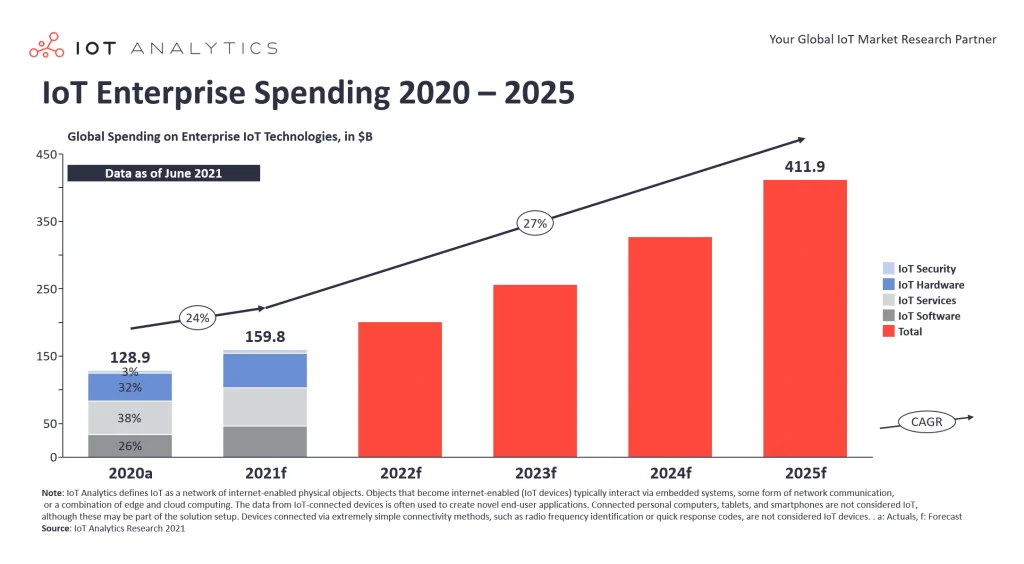
1. What is the Internet of Things (IoT)?
The Internet of Things (IoT) refers to a network of interconnected devices that can collect, exchange, and act on data via the internet. These devices range from everyday household items like smart thermostats, refrigerators, and lights to industrial machinery, medical equipment, and vehicles. IoT enables devices to communicate with each other and share information, allowing for greater automation, efficiency, and convenience in various sectors.
Examples of IoT Devices:
- Smart home devices: Thermostats, door locks, security cameras
- Wearable technology: Fitness trackers, smartwatches
- Industrial IoT: Sensors in manufacturing plants, connected machinery
- Smart city infrastructure: Traffic lights, parking meters, pollution monitoring systems
2. What is Artificial Intelligence (AI)?
Artificial Intelligence (AI) is a branch of computer science that focuses on creating machines capable of performing tasks that typically require human intelligence. This includes understanding language, recognizing patterns, solving problems, and making decisions. AI systems rely on algorithms and large amounts of data to learn, improve, and adapt over time.
Key AI Concepts:
- Machine learning (ML): Algorithms that allow computers to learn from data and make predictions or decisions without explicit programming.
- Natural language processing (NLP): The ability of a machine to understand and interpret human language.
- Computer vision: The capability of a machine to interpret and make decisions based on visual information.
3. How IoT and AI Work Together
The true power of IoT emerges when combined with AI. While IoT devices are great at gathering massive amounts of data, AI is essential for making sense of this data and turning it into actionable insights. AI algorithms can analyze the data generated by IoT devices in real-time, providing intelligence that enables predictive maintenance, personalized recommendations, autonomous actions, and more.
For example, in a smart home system, IoT devices like thermostats and lights generate data about your daily routine. AI can analyze this data to learn your preferences and automatically adjust the temperature or lighting, optimizing comfort and energy usage.
4. Key Areas Where IoT and AI Are Making an Impact
A. Smart Homes and Cities
IoT and AI are transforming urban environments by making them smarter, more efficient, and responsive to the needs of residents. In smart homes, AI can analyze data from IoT devices to optimize energy usage, enhance security, and provide personalized experiences.
On a larger scale, smart cities use IoT and AI to manage resources like water, electricity, and transportation more effectively. Sensors embedded in infrastructure can monitor traffic flow, reduce energy consumption, and improve waste management. AI helps analyze this data to predict traffic congestion, optimize resource allocation, and even reduce crime by identifying patterns.
B. Healthcare
In healthcare, the integration of IoT and AI is revolutionizing patient care and medical research. Wearable IoT devices like fitness trackers and heart rate monitors collect real-time health data from patients. AI then analyzes this data to detect abnormalities, predict potential health issues, and recommend preventative measures.
Hospitals are also using IoT-enabled medical devices for remote patient monitoring, reducing the need for in-person visits while providing healthcare professionals with continuous insights into their patients’ conditions. AI enhances this by using predictive analytics to detect early signs of diseases, reducing diagnostic errors, and improving treatment outcomes.
C. Manufacturing and Industry 4.0
In manufacturing, IoT devices are embedded in machinery and production lines to monitor performance, track output, and detect issues in real-time. When combined with AI, manufacturers can analyze data to predict equipment failures before they occur, implement preventive maintenance, and optimize production processes. This results in reduced downtime, cost savings, and increased efficiency.
Industry 4.0, or the fourth industrial revolution, relies heavily on the integration of IoT and AI to create smarter factories, automate tasks, and enable machine-to-machine communication, allowing industries to produce faster, cheaper, and with higher precision.
D. Autonomous Vehicles
Autonomous vehicles rely on a vast array of IoT sensors and AI systems to navigate the world safely. IoT sensors collect data on the vehicle’s surroundings—other cars, pedestrians, traffic signals, and road conditions—while AI algorithms process this information in real-time to make driving decisions.
AI helps autonomous vehicles understand their environment, anticipate potential dangers, and optimize routes. Over time, the data gathered by these vehicles is used to improve AI models, making self-driving cars more efficient and safer.
5. Benefits of Combining IoT and AI
A. Real-Time Decision Making
AI enables IoT systems to make decisions in real-time by analyzing data as it’s collected. This allows for faster, more accurate responses to changing conditions, such as adjusting the temperature in a smart home or avoiding obstacles in autonomous vehicles.
B. Predictive Analytics
By integrating AI with IoT, businesses can leverage predictive analytics to forecast future trends, anticipate failures, and implement preventive measures. This is crucial in industries like manufacturing, healthcare, and transportation, where early detection of issues can lead to significant cost savings.
C. Automation and Efficiency
The combination of IoT and AI reduces the need for human intervention in many processes. In smart factories, for example, machines can communicate with each other and optimize production with minimal oversight. This automation leads to improved operational efficiency, reduced costs, and fewer human errors.
D. Personalization
AI-powered IoT systems can learn user preferences over time, allowing businesses to offer highly personalized experiences. In retail, for example, smart shelves and sensors can track consumer behavior, and AI can use this data to recommend products, improving customer satisfaction and increasing sales.
6. Challenges of IoT and AI Integration
Despite the numerous benefits, integrating IoT and AI comes with its challenges:
A. Data Privacy and Security
IoT devices constantly collect data, raising concerns about data privacy and security. When sensitive data such as personal health information or financial details is involved, ensuring robust cybersecurity measures becomes paramount.
B. Scalability
As IoT networks grow, managing and analyzing vast amounts of data becomes increasingly complex. AI algorithms need to be scalable and able to handle massive datasets efficiently, which may require advanced cloud computing infrastructure.
C. Interoperability
There are numerous IoT devices on the market, often with different communication protocols and standards. Ensuring that these devices can work together seamlessly is essential for the successful integration of AI.
D. Ethical Concerns
As AI systems make more decisions based on IoT data, ethical concerns arise regarding autonomy, decision-making transparency, and potential biases in AI algorithms. Addressing these concerns will be critical as AI and IoT become more pervasive.

7. The Future of IoT and AI
The convergence of IoT and AI is still in its early stages, but its potential is enormous. As both technologies continue to evolve, we can expect:
A. Smarter, More Connected Cities
Cities will become more connected and responsive to residents’ needs through advanced AI and IoT applications. Traffic flow optimization, energy-saving measures, and enhanced security systems will make urban living more efficient and enjoyable.
B. AI-Driven Automation
In industries such as manufacturing and logistics, AI will continue to drive automation. We’ll see more intelligent robots, smarter supply chain management, and increasingly automated production lines.
C. AI at the Edge
As AI becomes more efficient, we’ll see more “AI at the edge,” where AI algorithms are deployed directly on IoT devices rather than relying on cloud computing. This will allow for faster processing and real-time decision-making in areas such as autonomous driving and healthcare.
D. Greater Emphasis on Ethical AI
As AI takes on more decision-making roles, there will be a greater focus on creating ethical AI systems. Ensuring transparency, fairness, and the elimination of bias will be critical to maintaining public trust in AI-driven IoT systems.
8. Conclusion
The integration of IoT and AI is transforming industries and reshaping the future. By combining the vast data collection capabilities of IoT with the decision-making power of AI, businesses can create smarter systems that optimize efficiency, improve customer experiences, and automate processes. However, addressing the challenges of security, scalability, and ethics will be crucial as this powerful combination continues to evolve. One thing is certain: the synergy of IoT and AI is set to change the way we live, work, and interact with the world.
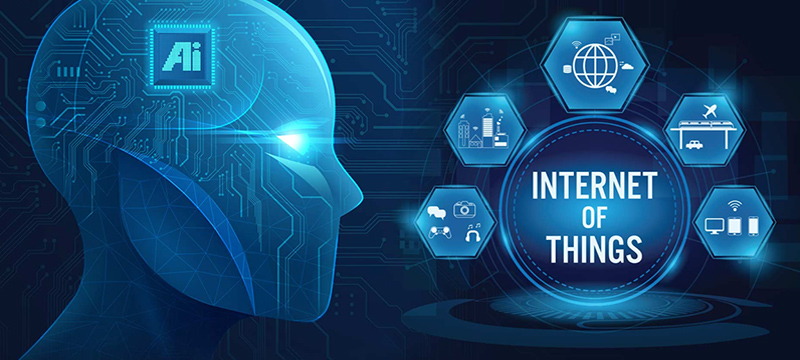


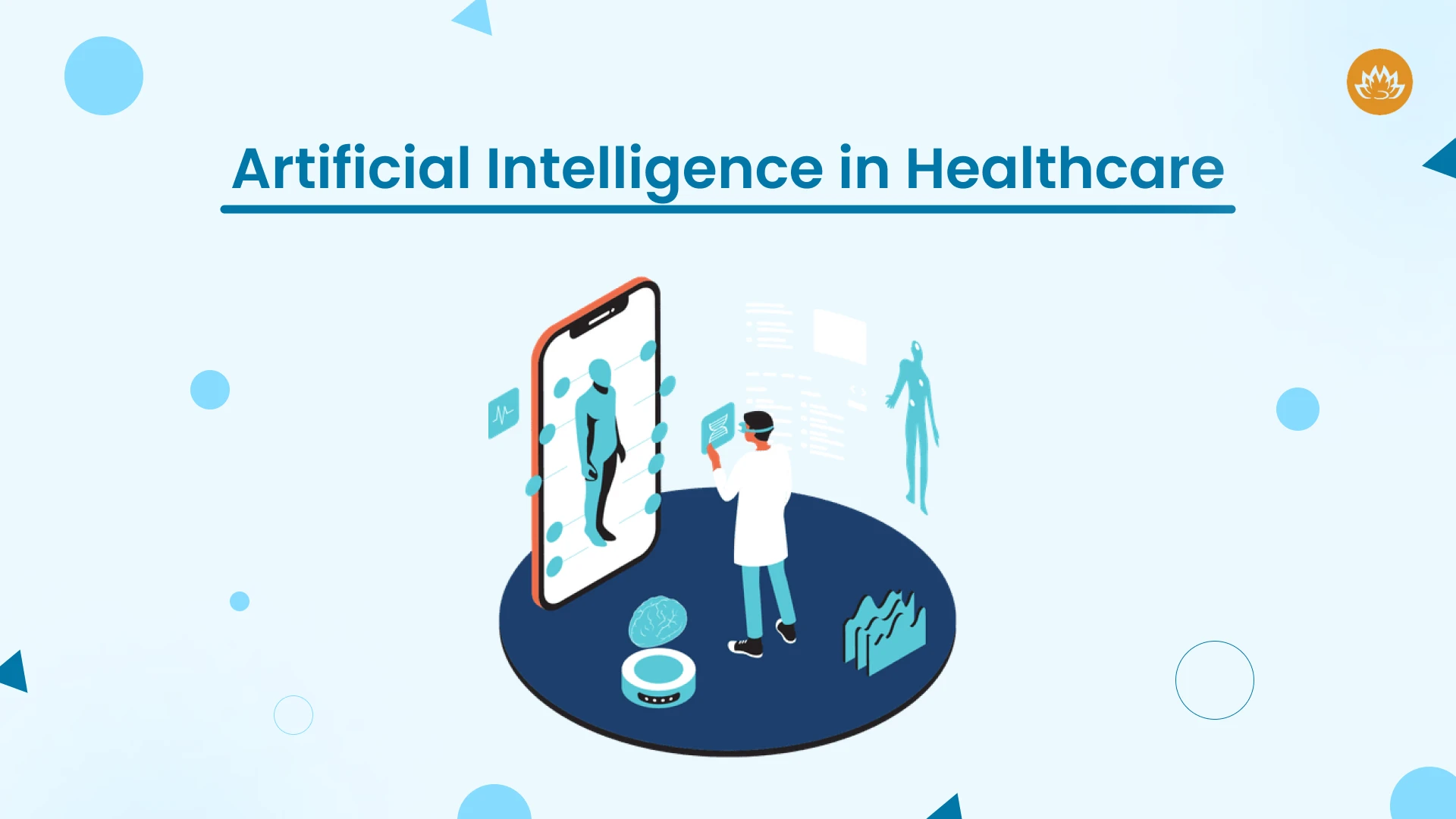
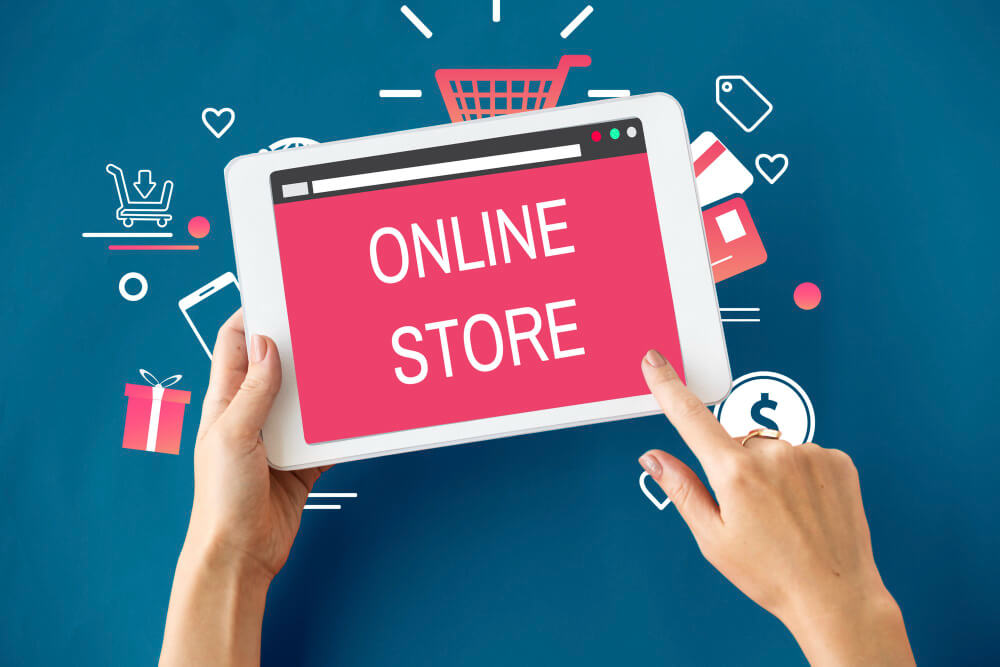
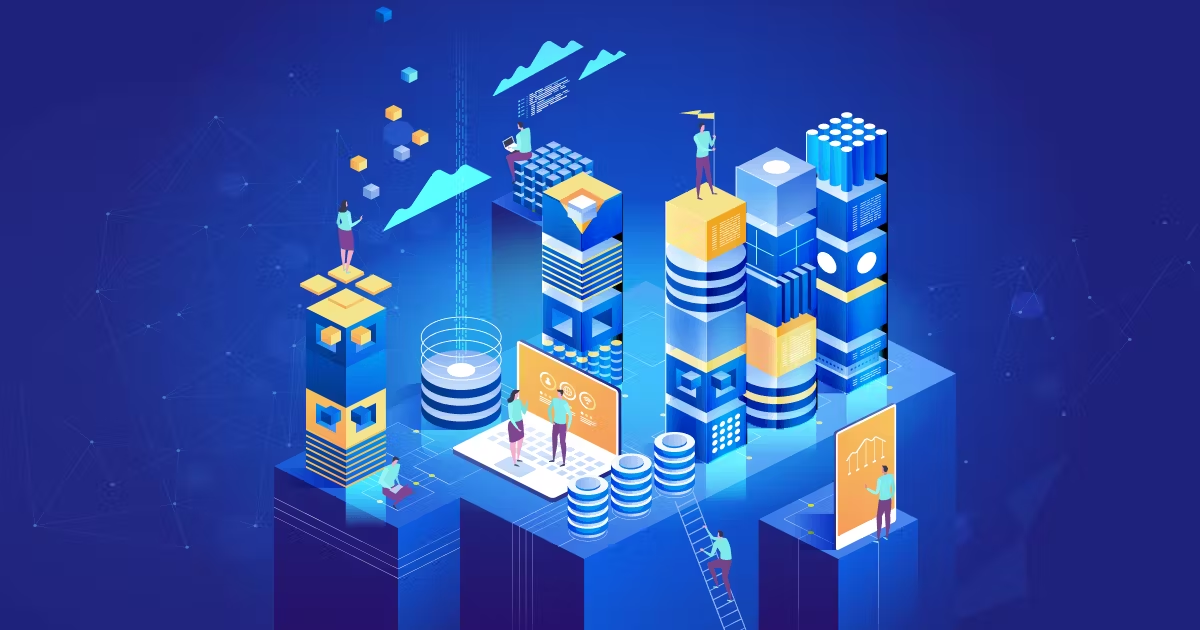
Leave a Reply